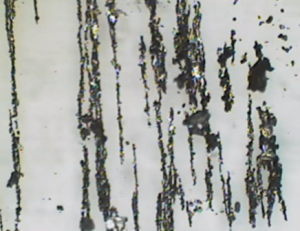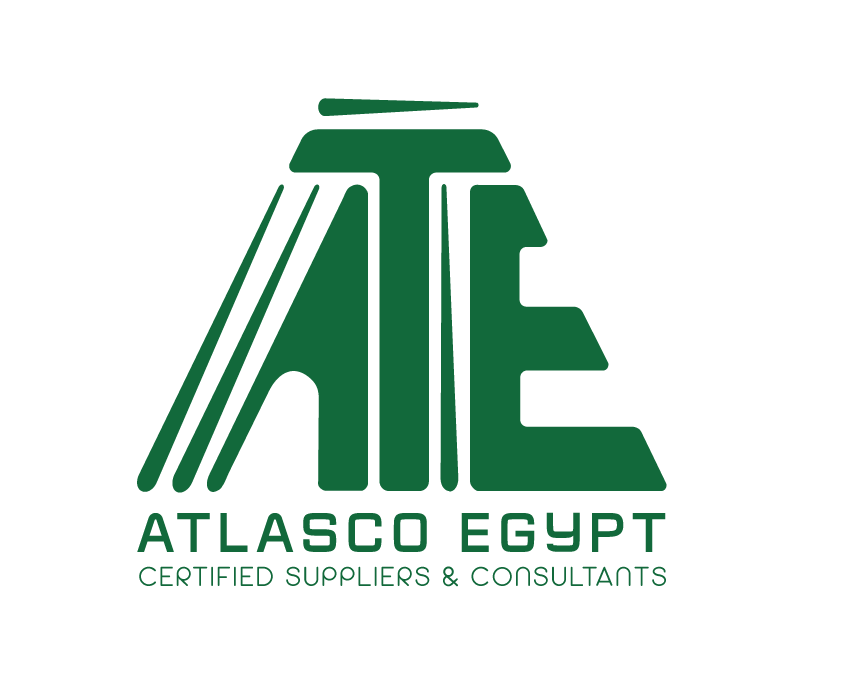Increasing ROI in the Mining Industry

Detecting electrical problems using Vibration Analysis
September 3, 2018
Multistage Gearbox failure case study
September 3, 2018Increasing ROI in the Mining Industry

A mining company responded to our Clean Oil Challenge to find out if a Harvard system could clean the oil in their ball mill crusher and provide constant contamination control as the crusher continued to operate over time.
Like most applications in the mining industry, the crusher presented a number of challenges from a maintenance standpoint. Dust and dirt permeate the environment, working its way into the fluids that course through the crusher’s lubrication system, grinding away at its internal parts and causing them to fail.
Mining Industry Problems
Because the crusher is such a key part of the mining process, bringing it down for repairs adversely affects the entire mining operation, increasing cost to the operator.
At the beginning of the challenge, the oil had already been in use for two months and the contamination level of the oil showed it, with over 35 particles over five microns per milliliter and almost 11 particles under five microns per milliliter and an ISO rating of 24 / 21 / 15. But as the chart below of the contamination count during initial cleanup shows, in just 72 hours the Harvard system reduced the level of oil contamination to under five particles per milliliter and kept it there for nearly 800 hours on the same filter.


After initial cleanup, Harvard filters normally last 1,000 hours or more.
Even after over 500 hours on the initial filter, the oil remained visibly cleaner than its initial condition, with a contaminant count and ISO cleanliness levels revealing that the filtered oil was actually cleaner than new oil.

Harvard’s continuous contamination control system had delivered a 90% drop in oil contaminants, resulting in 300% less wear on the mills internal parts and a benefit for the mill’s operator, who documented a reduction in mill downtime and in the cost of wear parts and labor.
These benefits were delivered for a minimal cost — just over $1,500 in parts and labor and were easily recovered in the first year of operation with the Harvard system.

Where the operator normally spent over $5,200 each year changing and disposing of the mill’s oil, it spent less than a quarter of that cost by keeping the oil clean with a Harvard filtration system and simply changing and disposing of the filters. This lead to savings of over $4,100 a year in the cost of oil changes alone.

